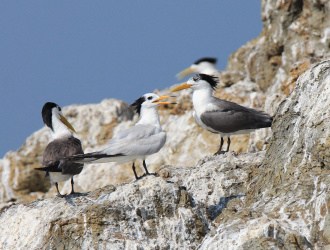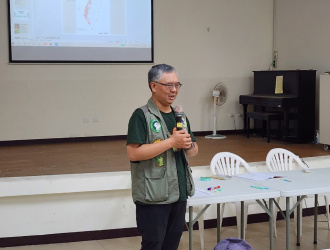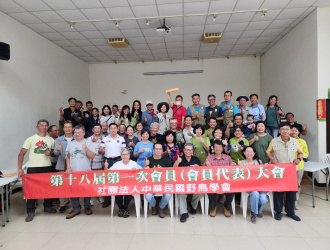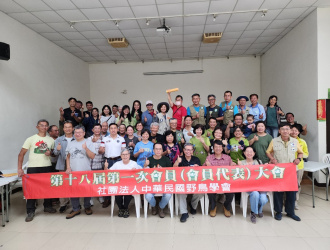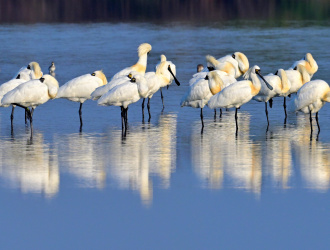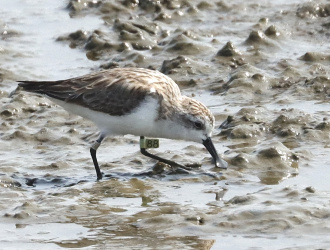最新消息
04 | 22
Results from the 2023 Taiwan Black-faced Spoonbill Census showed a total of 4,228 Black-faced Spoonbills in Taiwan, a new record and the first time over 4,000 have been recorded
03 | 21
After two years, a critically endangered Spoon-billed Sandpiper, No. 88, reappeared in Tainan, Taiwan. The sighting took place last week during a coastal survey as part of the Ocean Conservation Administration's "2023 Seabird Population Survey Plan" carried out by the Forestry Wildlife Lab of National Taiwan University.

